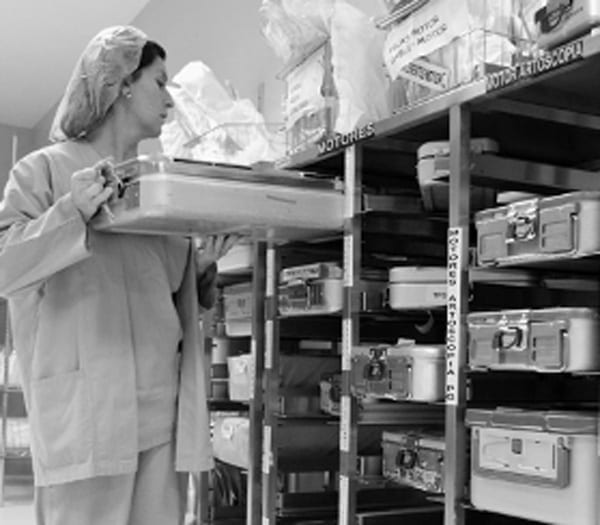Based on revolutionary technology, the ORIGIN® prosthesis is a major breakthrough aimed at improving patient satisfaction(17) and enabling a more efficient surgical procedure.

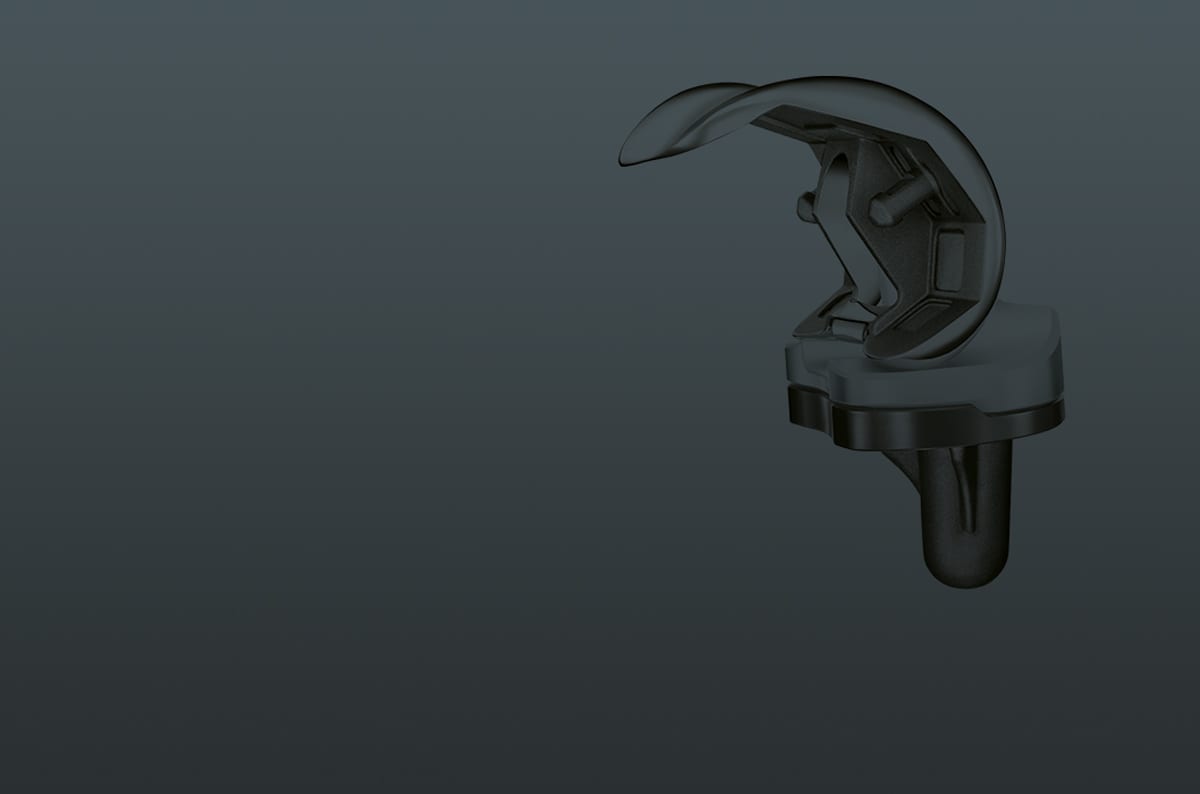
to reproduce alignment and kinematics
Constitutional morphology varies greatly from one individual to another in the general population, whether healthy or not. The work of Professor Hirschmann (1) has highlighted the very wide variation in the constitutional forms of the femur and tibia independently of each other, and independently of the alignment of the lower limb. These variations influence the functional parameters of both(17).
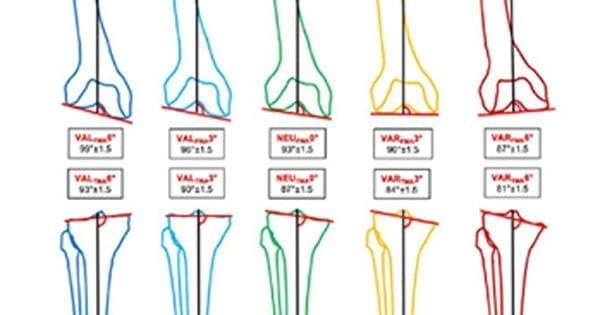
Because each individual is different, the ORIGIN® prosthesis is designed to reproduce the constitutional morphotype (or functional phenotype) of each patient anatomically:
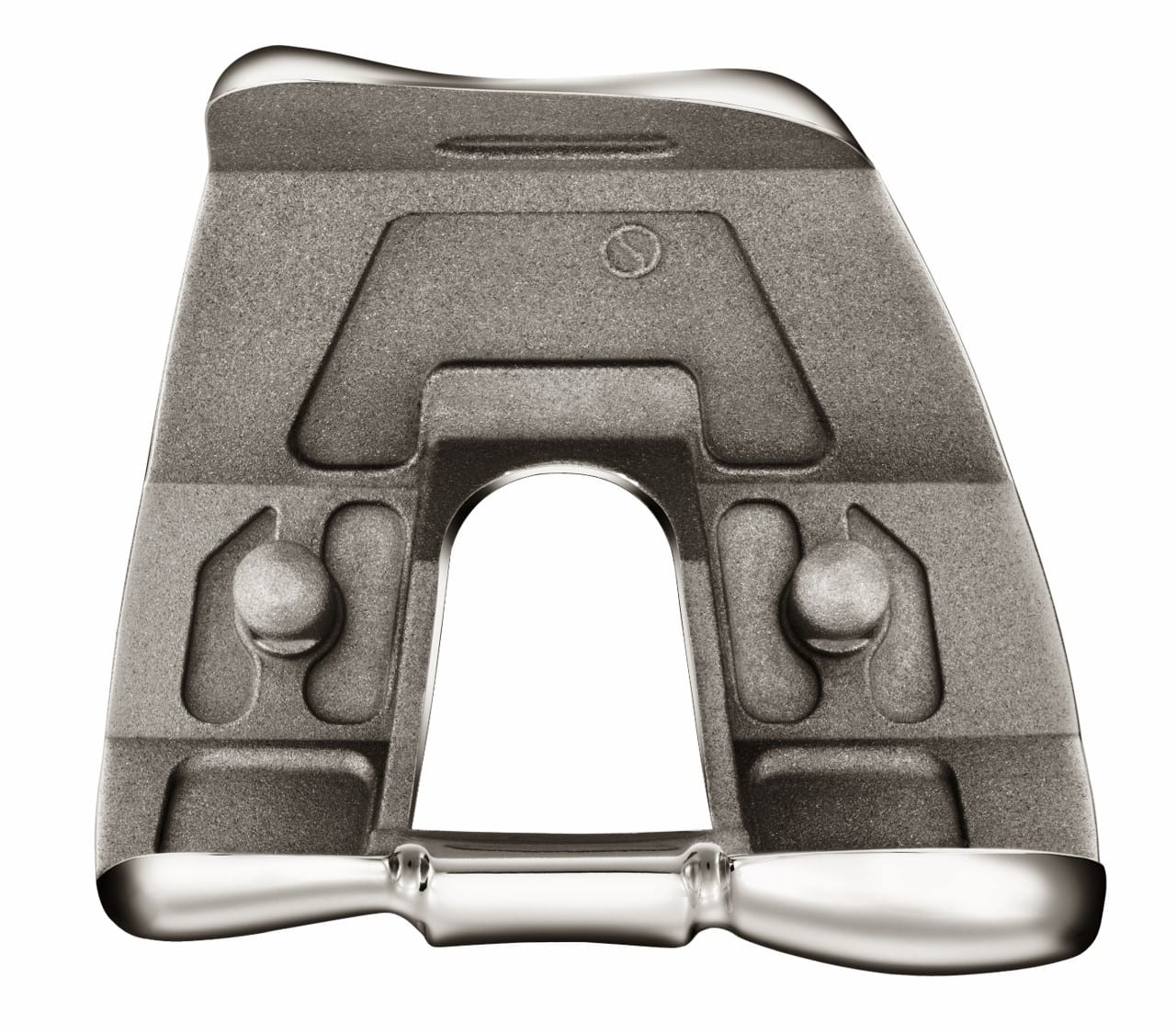
The sagittal anatomical profile varies from patient to patient. The ORIGIN® prosthesis enables accurate reproduction of the radii (J-curve) in an individualized manner:
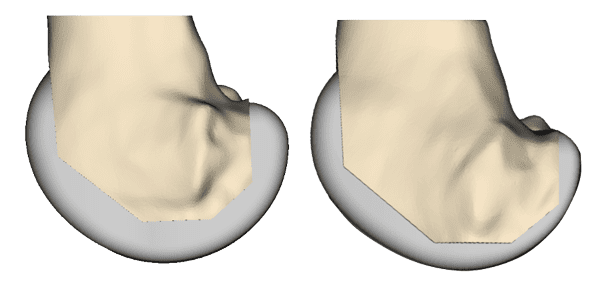
The ORIGIN® prosthesis is designed to allow axial alignment of the tibial base independent of the overlapping bone contour. There is no need to compromise between the two(2).
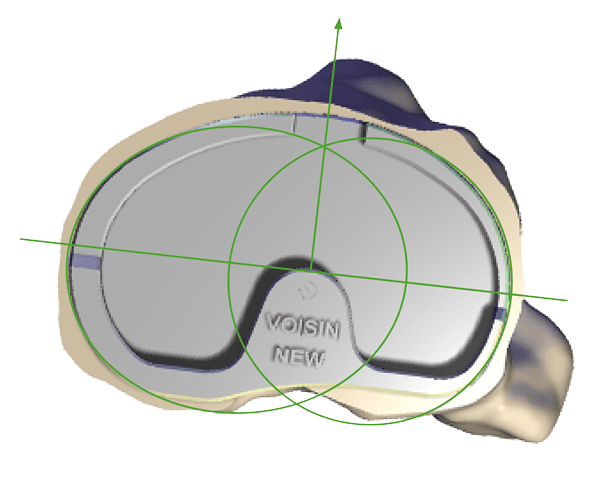

to replicate bone contours
The ORIGIN® prosthesis is designed to adapt perfectly to the anatomical contours of each individual to enable strict resurfacing of the resected bone surfaces:

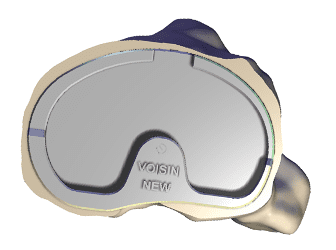
Thanks to the adaptation of the prosthetic trochlea, the ORIGIN® prosthesis is designed to restore natural patellar tracking for each patient, and offers the possibility of resurfacing the patella by means of an anatomical medialized dome patellar component.
The optimization of the ORIGIN® prosthesis design also takes into account the patient’s size to adapt the bone resections proportionally. Thus, a small patient will benefit from significantly less prosthetic space than a large patient, in order to preserve as much of his or her bone capital as possible.

The position of the tibial keel is also optimized to avoid any risk of conflict with the cortical bone during final implantation.

By restoring each patient’s condylar spacing, the ORIGIN® prosthesis is designed to increase the intrinsic stability of the femur on the tibia and to facilitate more natural kinematics during flexion.


for precise positioning
With KNEE-PLAN® individualized guides, the surgeon benefits from a tool that combines high technology and ease of use to make cuts and position implants with precision:

The planning report is delivered with the ORIGIN® product and helps guide the surgeon throughout the procedure:
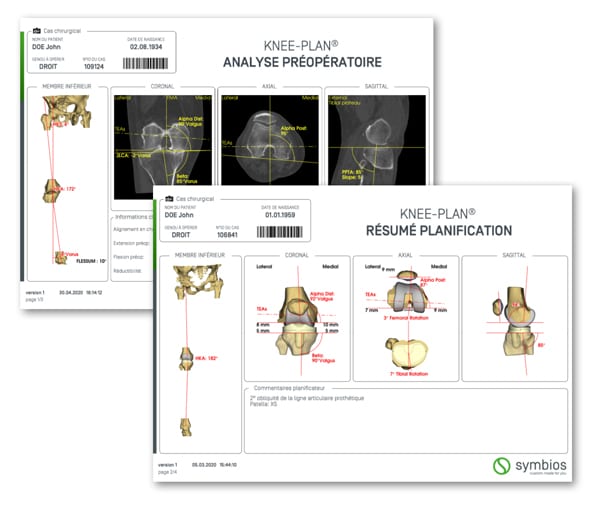

for greater efficiency
Because the implants and instruments are individualized, the material required for the installation of an ORIGIN® prosthesis is reduced to the absolute essentials:

The ORIGIN® model breaks with the orthopedic logistic model as it has existed for decades. The productivity of the medical team is maximized and the hospital can reduce its operating costs for each procedure:
